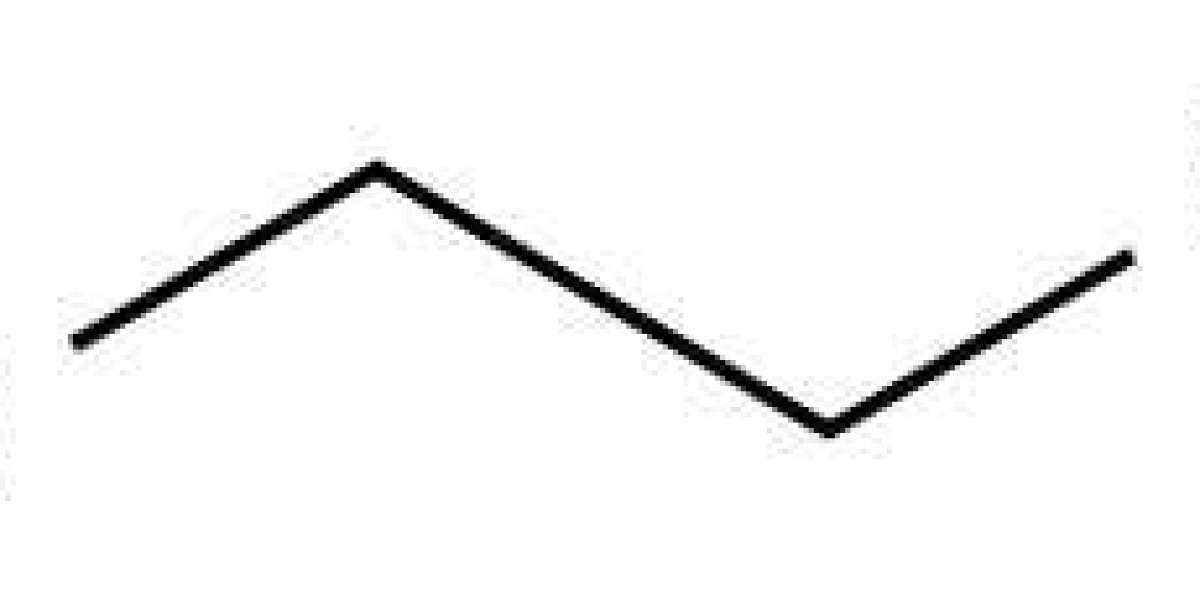What is glycol? If you are in charge of managing a cooling or water system, you may have heard of glycol as one possible component. Glycol is used in some water systems to keep the temperature low and consistent. However, if you are considering taking advantage of the benefits of a glycol cooling system to reduce temperatures or prevent freezing, it is important that you understand what types of glycol that exist so that you can make a safe and informed decision.
Definition of what is glycol
Glycol is an organic compound belonging to the alcohol family. It is more commonly referred to as antifreeze, and it is known to have a sweet taste. However, it can be toxic and is generally fluorescent dyed or clear and slightly oily in terms of consistency green liquid wondering what is glycol.
Glycol Uses
In addition to its uses mentioned previously, glycol serves a number of purposes in cooling systems and water systems. One important factor to note is that it is important never to mix different types or brands in your systems, no matter what function you are hoping to achieve; this can cause it to congeal, clog your equipment and leave freeze temperatures virtually unknown.
Glycol Cooling Systems
large silver glycol cooling system in a building basementIn cooling systems, the primary purpose of glycol is to help the system stay as consistently cold as possible without freezing. When glycol is mixed with water, the freezing point of the water drops as low as -60 degrees Fahrenheit. This means that a system that needs to keep large areas cool, such as at an ice rink, can remain frigid and even below the freezing point of water without freezing itself.
In order to calculate how much water to glycol is needed for the solution that is used in the chilling system, you will need to calculate what temperature the system will need to achieve. This temperature is typically just the saturated suction temperature in the evaporator, which tends to be approximately 10°F below the chiller set point temperature. Normal HVAC system temperature call for 35-45% solutions with protection between -10*F to + 10*F.


